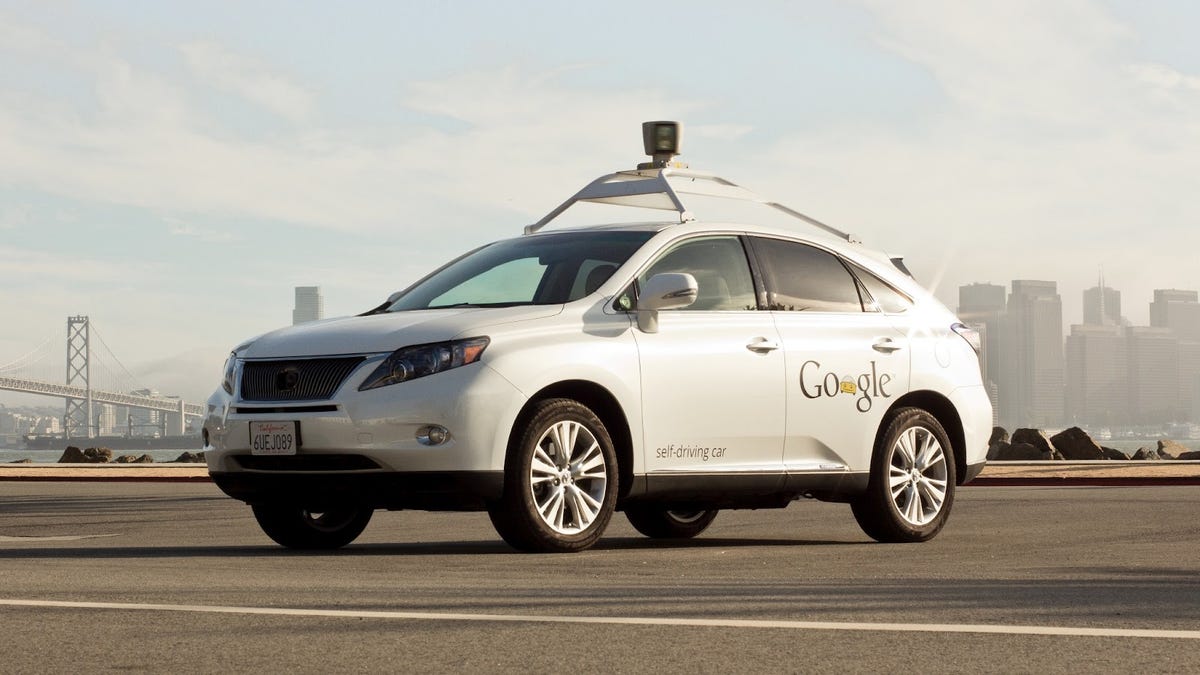Google receives hilariously timed patent for autonomous-car bus detection
The tech giant received its patent mere days after getting into a small accident with the very vehicle to which this patent refers.

While getting into a fender bender is no laughing matter, it's OK to let out a chortle or two after learning that Google just received a patent for bus-detection technology...not a week after its self-driving car failed to detect a bus and ultimately collided with it. I'd make the joke that hindsight is always 20/20, but sadly, Google applied for this patent back in 2014.
The simply titled patent, "Bus Detection for an Autonomous Vehicle," focuses mainly on school buses. According to the patent, the car's self-driving software should recognize a large vehicle, check it against known school bus sizes and look for other visual cues such as yellow paint or the word "School" painted on it. Upon confirmation, the car will take special care around the bus.
School buses don't operate like other cars on the road. They stop at seemingly random intervals, dumping pedestrians out onto the sidewalk like a cereal box with a hole in the side. They also ban passing while their doors are open, using a little pop-out stop sign. Google's self-driving cars will be able to anticipate and respond to both additional pedestrians and the stop sign.
Google's car didn't hit a school bus -- just a traditional one. Google's software (and the human driver serving as backup) assumed the bus would yield for the self-driving car, but it didn't, and so the two collided. Google's tweaked its software significantly, implementing 3,500 new tests to avoid this happening again.

